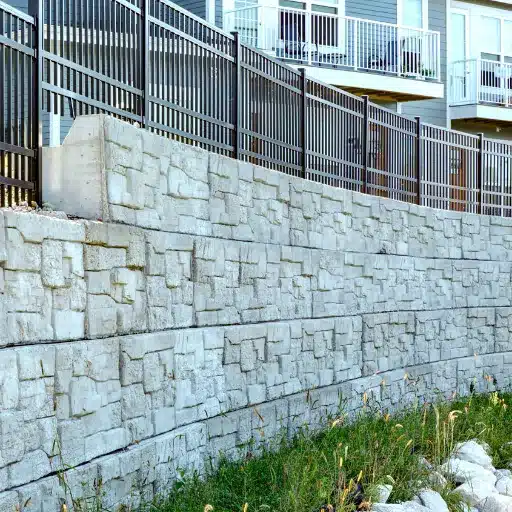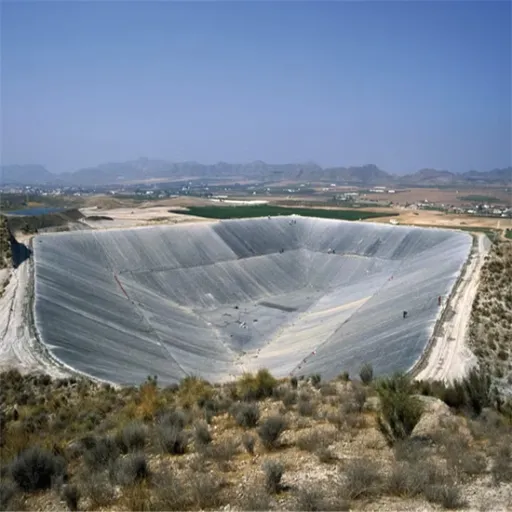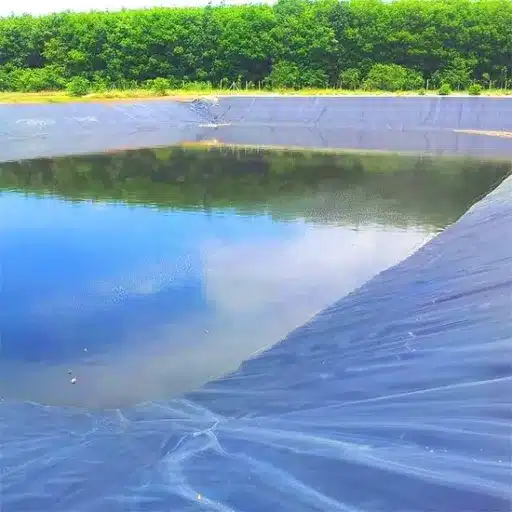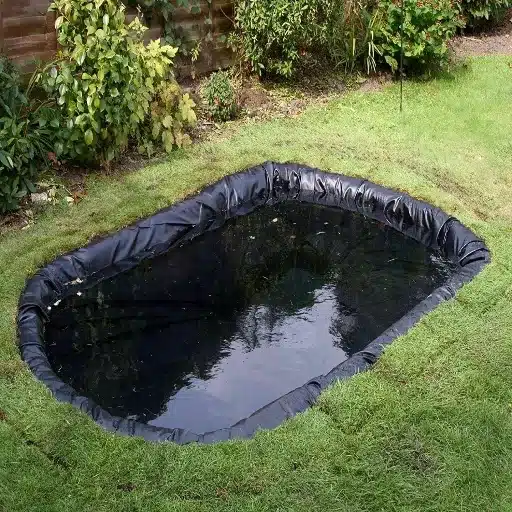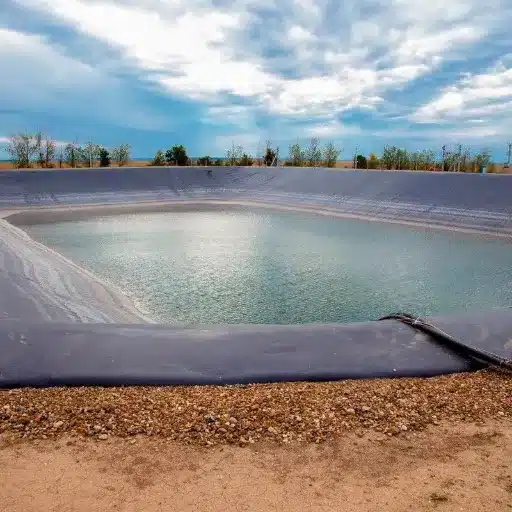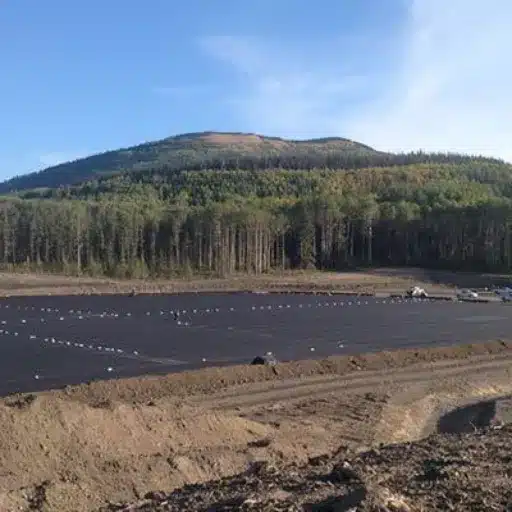The creation of strong and lasting retaining walls is a key factor in the development of modern infrastructure, particularly in locations where land stability is a problem. Different types of retaining walls, among them Mechanically Stabilized Earth (MSE) walls, which have been the most reliable, have good cost performance, and can be adapted to different types of projects. This article will act as a full guide to the MSE retaining wall design, giving perspective on its basic principles, key parts, and use in practice. If you are an experienced engineer, contractor, or just a curious person, this post will give you valuable information about MSE walls and their impact on the way we think of earth retention systems.
Introduction to Mechanically Stabilized Earth (MSE)
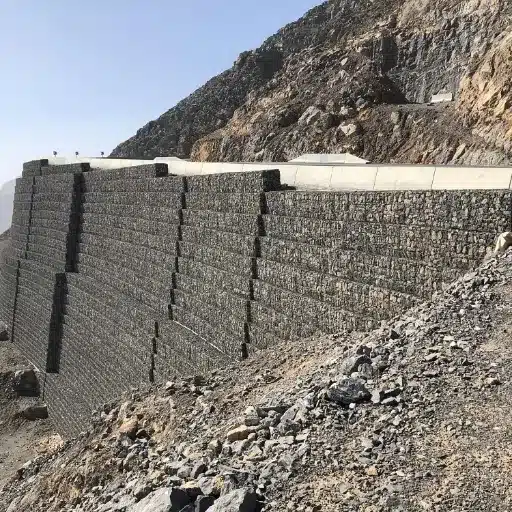
Mechanically Stabilized Earth (MSE) is construed as a novel technique of building earth-retaining structures with layers of backfill material that receive the support of strips or grids which are most often made of either steel or geosynthetics. The reinforcements not only share the burden but also lend the structure stability, making MSE walls an all-round efficient, long-lasting and cost-effective solution for various construction projects.
What is Mechanically Stabilized Earth (MSE)?
Mechanically Stabilized Earth (MSE) is an innovative construction technology which employs a compacted soil mass in combination with different types of reinforcement materials to create durable earth retention structures. These reinforcements, for instance, steel bands or geosynthetics, are embedded within the soil to augment the shear strength and keep the soil stable under different loads. MSE walls are made to bear the pressure exerted by the earth and hence find their use in not only highways but also bridge abutments, retaining walls and slope stabilization.
Industry Insight: The 1960s heralded the birth of MSE technology, which has since then become widely accepted mostly because of its affordability, design versatility and large-scale project management efficiency. As per the latest industry statistics, the global market for MSE walls is on an upward trend and is expected to surpass USD 10 billion by 2030, mainly due to the growing demand for infrastructure and urbanization.
History and Development of MSE Technology
Mechanically Stabilized Earth (MSE) technology is a descendant of the ancient construction practices. The notion of reinforcing soil to make it more stable goes back to the times when the ancient peoples would use natural materials like straw or tree roots to fortify the soil structures. But the contemporary era was marked by French engineer Henri Vidal’s initiative on the MSE concept in the 1960s. He coined the term “Reinforced Earth” which involved the use of synthetic reinforcements like steel strips and polymer materials and this in turn brought about a technological revolution in geotechnical engineering. The invention went on to meet the demands of the time for fast installation, reliable and cost-effective retaining wall systems in the wake of the rapid global growth of infrastructure.
MSE technology has scaled new heights after that. The late 20th century saw the advent of the use of geosynthetics, such as geogrids and geotextiles, which made MSE walls stronger and longer lasting. Besides, these materials made the construction more economic and less resource-hungry by permitting a higher degree of recycling of materials. Additionally, the advances in computational modeling and design software have helped even more in the accuracy of MSE wall construction.
Major Areas of MSE Retaining Walls Usage
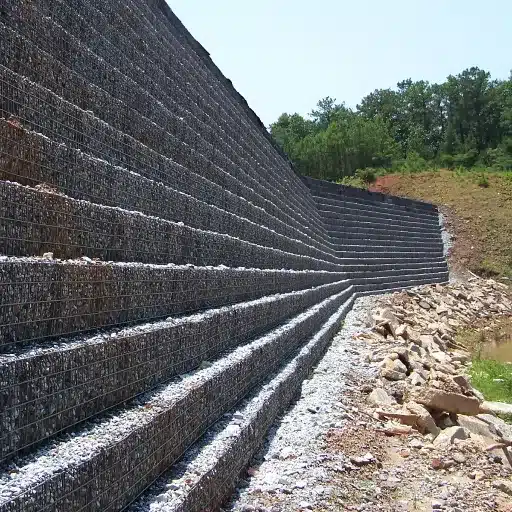
🛣️ Highway and Road Projects
MSE retaining walls are very often put into practice in high road constructions where they serve to support elevated roads, separate the grades while maintaining the slopes stable. Recent industry statistics reveal that around 35% of MSE walls find their application in the transportation sector because of their capability to bear the heavy load of traffic and also withstand seismic activity. Such walls help in minimizing the land requirements, which is why they fit perfectly in urban freeway projects.
🌉 Bridge Support
MSE walls are frequently utilized for the bridge support owing to their property to manage uneven ground settlement without losing the strength of the structure. The unitary construction allows for the flexibility and the reduction of the deep foundations that are usually used. The industry records indicate that the use of MSE walls for supports can lead to a cost reduction of up to 30% as against the použití of the traditional wall techniques.
🚂 Railway Embankment
In railway projects, MSE retaining walls serve to stabilize the embankments and minimize the need for additional earthworks. These techniques guarantee the safe and efficient transport of heavy loads, and on top of that, they are also resistant to vibrations and impacts caused by high-speed trains. The introduction of MSE walls into the railway sector is expected to rise as a consequence of expanding rail networks in different parts of the world.
MSE Integration in Different Projects
Mechanically Stabilized Earth (MSE) retaining walls have turned into the main construction materials economically, long-lasting, and adaptable to different terrains, thus becoming an essential part of various construction projects. Such walls are basically found in most public services like highway extensions, bridge support, railways, and industrial areas. According to the National Cooperative Highway Research Program (NCHRP), MSE walls are present in over 50% of the retaining wall applications related to roadways in the United States.
Their application in highway construction is probably the best one, where MSE walls help one to deal with steep slopes and maximize the land use especially in the urban areas. The report by the American Society of Civil Engineers (ASCE) states that the use of MSE walls has led to a reduction in construction costs by as much as 25% compared to the traditional concrete walls in the U. S. highway projects. Additionally, they are crucial in the rail projects where they stabilize the tracks while at the same time controlling erosion, which is often a problem in areas with heavy rainfall or unstable soil conditions.
MSE Retaining Walls Advantages
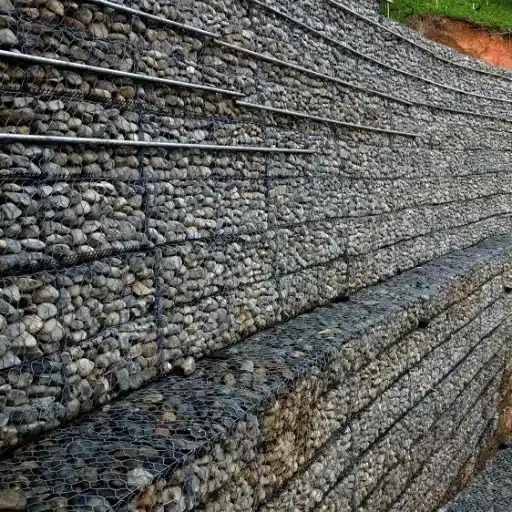
MSE retaining walls have benefits such as cost efficiency, as they are usually cheaper than traditional concrete walls in terms of construction. They also offer robustness and versatility, so they are mostly used in areas such as steep slopes, unstable soils, or regions where there is a lot of rainfall. Also, their strength to prevent erosion and retain stability is very important in the case of highways and railways.
💰 Economical MSE Ways
Mechanically Stabilized Earth (MSE) walls have a reputation for their structural performance and cost-effective nature compared to traditional retaining wall solutions. One of the main advantages of MSE walls is their ability to use backfill materials that are locally available, which in turn reduces transportation and material expenses significantly. Research has revealed that MSE wall construction could be 20-50% less expensive than that of conventional concrete walls depending on the size and local availability of the material.
Cost Savings: Moreover, MSE walls are not only faster to build, but also the reason involves the use of their modular nature and easy construction techniques. This in turn results in less labor, shorter project timelines, and, thus, more costs saved on the overall project. Their long-life span and low maintenance requirements make them less expensive long-term operation-wise, and hence, a solution often used in the infrastructure projects of different kinds, financially speaking.
💪 Strength and Life of MSE Structures
Mechanically Stabilized Earth (MSE) structures are known for their durability and life span; therefore, they are chosen for sustainable and long-lasting infrastructure projects. The main parts of MSE walls are designed in such a way that they can endure environmental factors and weights that vary over many years.
Today’s MSE walls feature such materials as galvanized steel, polymer reinforcements, and concrete facing panels that are made to withstand corrosion, weathering, and mechanical wear. Research indicates that an MSE structure built correctly can last anywhere between 75 to 100 years and would require little maintenance. For instance, the progress made in polymer-coated reinforcements has doubled the resistance against chemical and environmental degradation even in severe conditions like highly acidic or extremely hot.
Challenges and Limitations of MSE
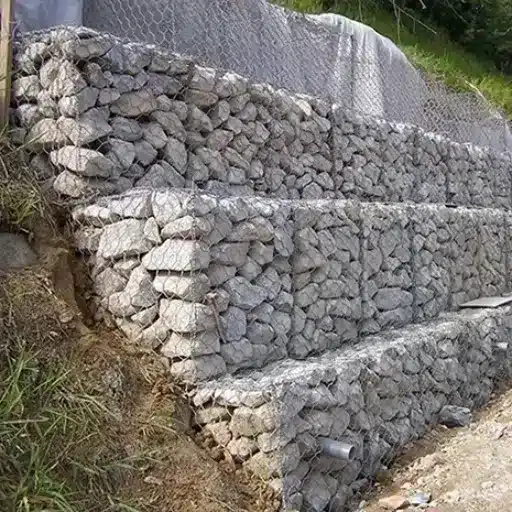
One of the major problems I have seen with MSE systems is the need for good design and good construction practice to avert failures, particularly in difficult soil conditions. In addition, other factors affecting the long-term performance of MSE include drainage failure, poor quality control during installation, or wrong choice of reinforcement materials.
⚠️ Potential Issues in MSE Construction
Structures made of Mechanically Stabilized Earth (MSE) have many plus points but still sometimes the construction might bring out certain challenges and potential issues. The most concerned is the backfill material’s quality and its compatibility with the other materials. If the wrong backfill is selected, for instance, soils with high organic content or too fine, it can destabilize the wall and result in the structure’s overall performance dropping. For example, research indicates that fines content in soils beyond 15% is disastrous for drainage which consequently increases the pressure behind the wall.
Critical Issue: Another main problem is bad compaction practices. To get the desired strength and stability in MSE walls, the backfill material must be compacted properly. Poor compaction will create voids or weak areas in the structure, which may one day cause it to collapse. Recent statistics indicate that standards for achieving at least 95% of the maximum dry density will not be uniformly met in field conditions, so the company may have to continue using this as the standard for block compaction, as measured by Proctor tests.
🏗️ Soil and Backfill Considerations
Soil and backfill are indeed very important to ensure the stability and performance of Mechanically Stabilized Earth (MSE) structures. To minimize the risk of the structure being compromised, the backfill material must have certain requirements regarding gradation, strength, and drainage and that the material will be able to bear changing environmental and loading conditions at the same time. Geotechnical engineering guidelines recommend granular soils such as sandy or gravelly material because they have high friction angles, good drainage properties, and are easy to compact.
Recent research points out that it is crucial to keep moisture content at its optimum level during compaction in order to achieve the required density. The Proctor compaction test is a common method employed for determining optimum moisture content and also for identifying maximum dry density of the backfill material. For example, well-compacted granular backfill could show friction angles within the range of 30° to 40°, which makes the structure significantly more resistant to lateral forces.
Innovations in MSE Technology
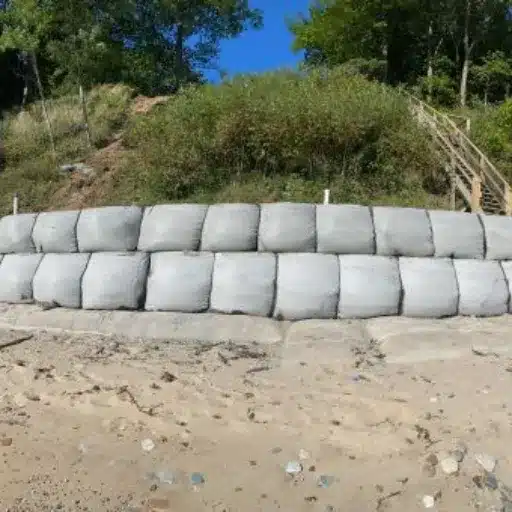
🔬 Recent Advances in Soil Reinforcement Techniques
Soil reinforcement recently has vastly changed and it is one of the main factors that have brought up the performance and stability of MSE structures to this level. One of these improvements is the use of geosynthetics like geogrids and geomembranes, which provide the soil stabilization with the ability to handle the load by firstly distributing the stress and secondly minimizing the deformation of soil. The technology of modern geosynthetics when it comes to polymers is that they can cope with extreme temperatures and that they are more durable in the long run.
Breakthrough Technology: Further, the addition of biopolymer-treated soils is another method that has been helpful in the reinforcement of soil. According to studies, biopolymers such as gum and polyvinyl alcohol have been shown to increase soil’s holding power and to make it less permeable, which implies that they are very suitable for earth retaining applications and for controlling erosion. A 2023 publication was pointing out that when biopolymer-treated sand is used, it can get up to 40% increase in strength when compressive force is applied under certain conditions.
🌱 Innovative Materials for MSE Walls
However, the most significant innovation is definitely geosynthetics and the like geogrids, geotextiles, and geocells which are just some of the representatives in this category. Geosynthetics’ versatility is reflected in their ability to accommodate multiple functions like soil reinforcement, drainage improvement, and erosion prevention. High-strength geogrids, for instance, can elevate the load-bearing capacities, thus facilitating the forces’ distribution and heightening the stability. Some estimates say that geosynthetics can shrink the MSE walls’ lifespan by as much as 30%, courtesy of the lesser maintenance.
The other equally important trend is the utilization of recycled materials in the construction industry. Here we must mention the likes of recycled aggregates, fly ash, and tire chips, just to name a few which have been and are being looked upon as sustainable alternatives that do not compromise the strength of the structure. It has been revealed in several studies that the use of recycled materials instead of the traditional aggregates can cut down the construction costs by as much as 15-20% along with a major reduction in the draw of carbon emissions caused by the material production.
Reference Sources
-
North Dakota Department of Transportation
Document: Mechanically Stabilized Earth (MSE) Wall Construction Inspection
This source provides detailed insights into the construction and inspection of MSE walls, targeting construction inspectors and infrastructure professionals.
Link to source -
Transportation Association of Canada (TAC)
Webinar: Design, Construction, and Inspection for Mechanically Stabilized Earth Walls
This resource is aimed at stakeholders involved in MSE wall projects, including public infrastructure owners and project managers.
Link to source -
National Academies Press
Report: Asset Management Practices for Mechanically Stabilized Earth Walls
This report discusses the cost-saving, time-efficient, and resilient nature of MSE walls in transportation projects.
Link to source
Frequently Asked Questions (FAQs)
❓ How does soil reinforcement work in MSE structures?
Soil reinforcement in mechanically stabilized earth structures is obtained by incorporating tensile elements like geogrids or steel mesh inside the soil layers. The stability of the wall is enhanced by this reinforcement, and to the latter, the necessary strength to keep the soil against the force of gravity pulling it down is provided.
❓ What materials are used for wall facing in MSE walls?
Mechanical stabilization of earth walls can be faced with a variety of materials such as precast concrete panels, which come with easy design and architecture finishing. Other choices like concrete blocks, and natural stones, depend on the visual appeal and strong demands.
❓ What is the maximum height for an MSE wall?
The maximum height of a mechanically stabilized earth wall will depend on the soil type, wall design, and reinforcement, among other factors. However, when MSE walls are properly designed with enough reinforcement elements, they can reach heights up to 30 feet or more.
❓ How is backfill soil used in mechanically stabilized earth walls?
Backfill soil is the material that is put behind the retaining structure for stability and support. In the case of mechanically stabilized earth walls, the backfill soil should be of the right type, as it has to possess the right characteristics to work well with the reinforcement and wall facing materials.
❓ What are the specifications for reinforcement in MSE structures?
Reinforcement specifications in mechanically stabilized earth structures involve the selection of type and arrangement of reinforcing materials, for instance, ribbed or flat geogrids, and wire mesh. The purpose of these specifications is to ensure that the wall is able to sustain tensile forces and has a long life while keeping its structural integrity.

